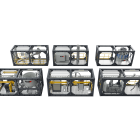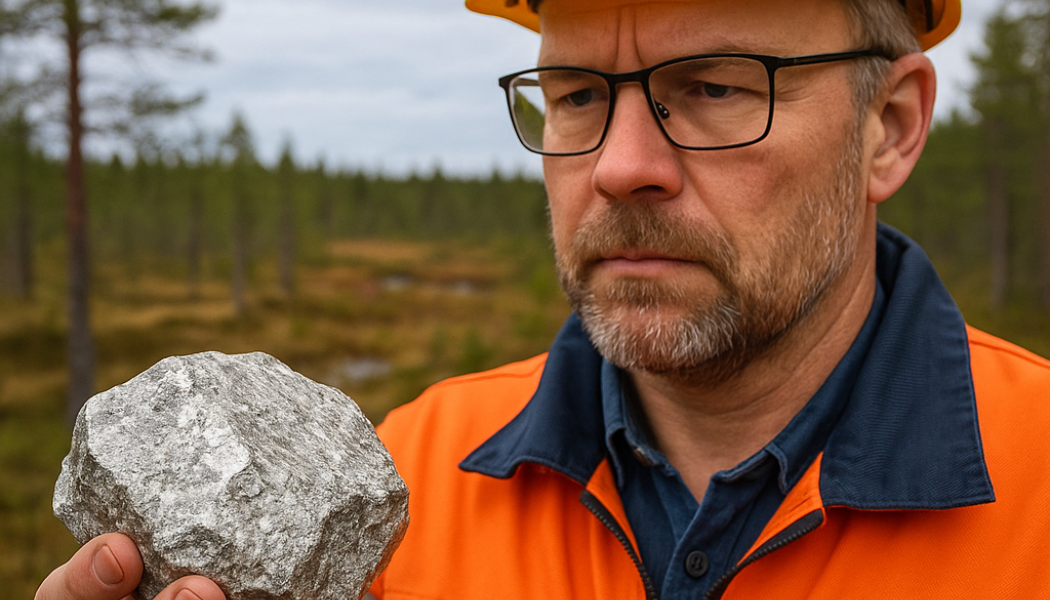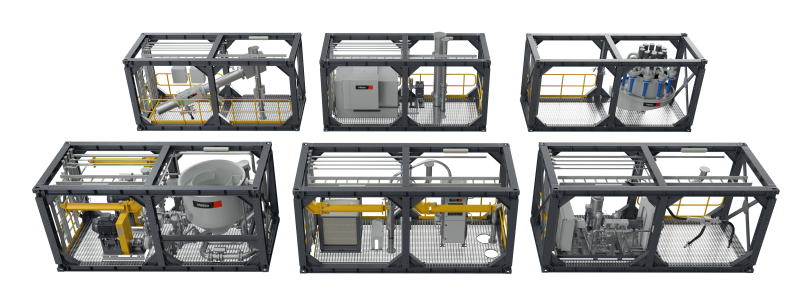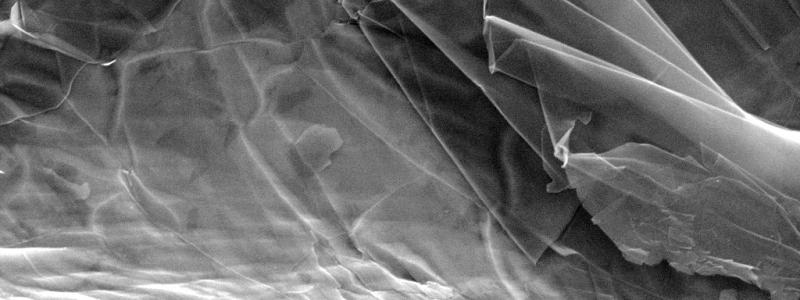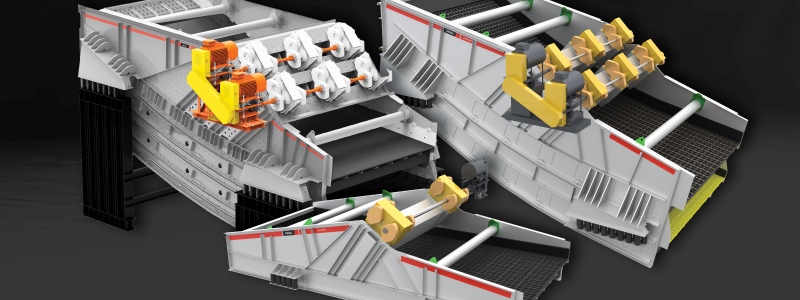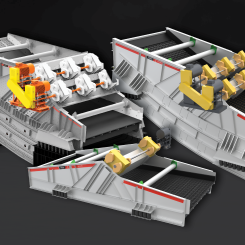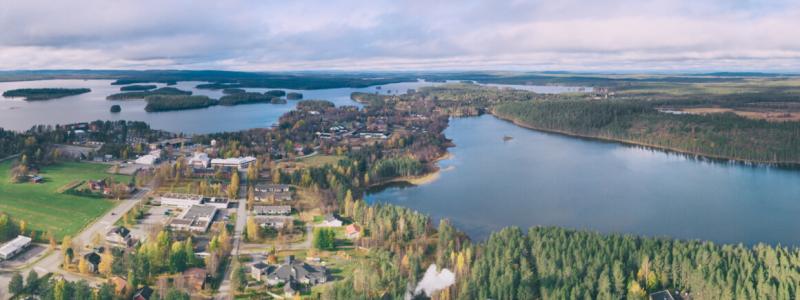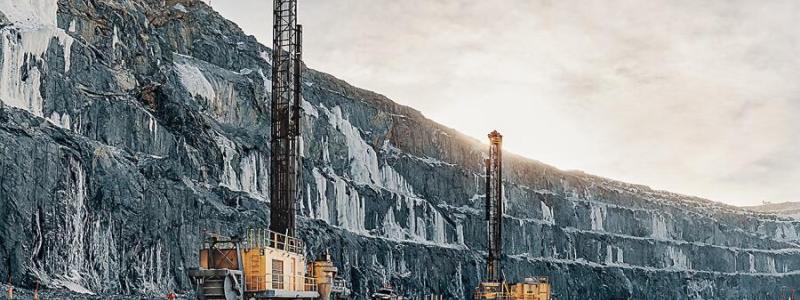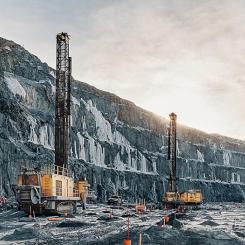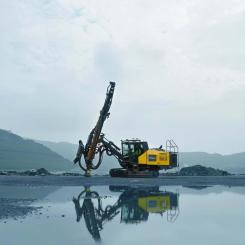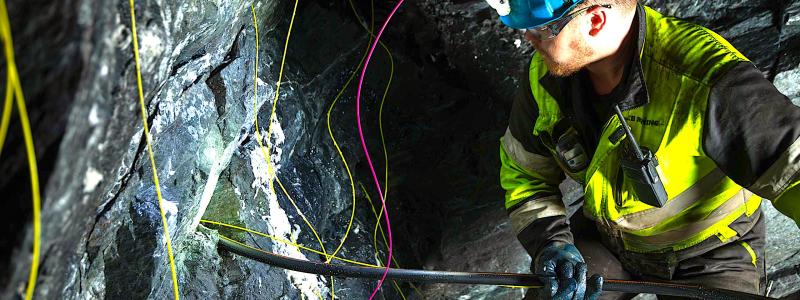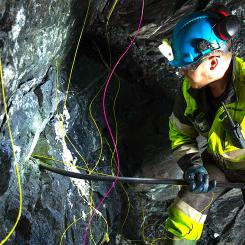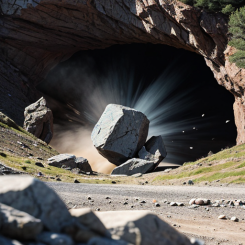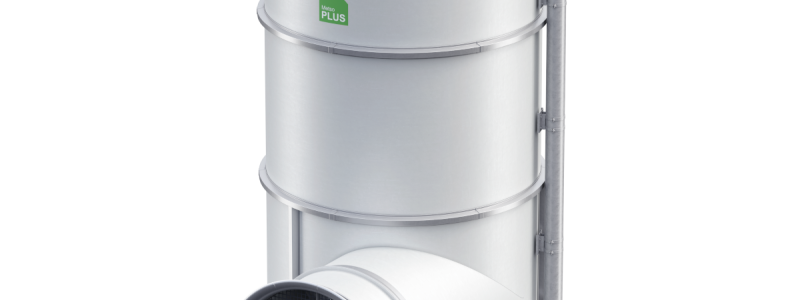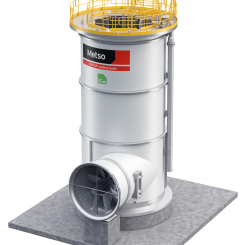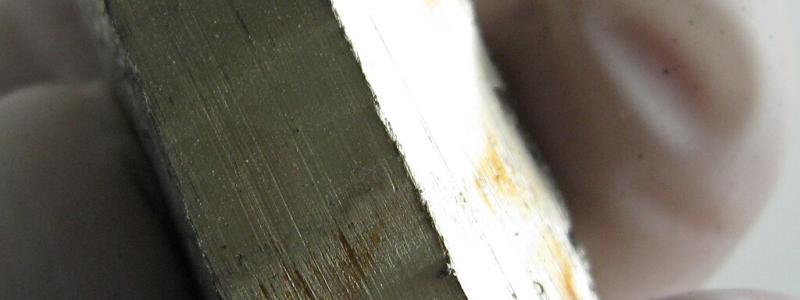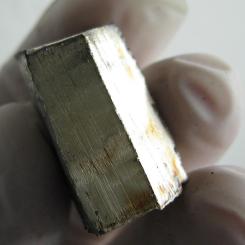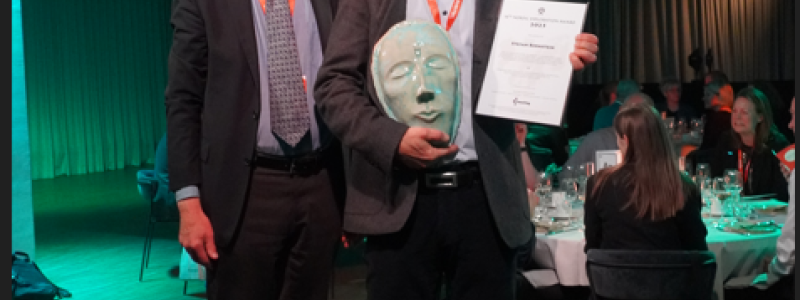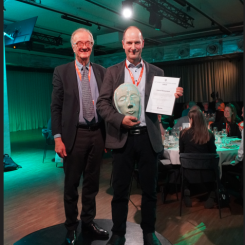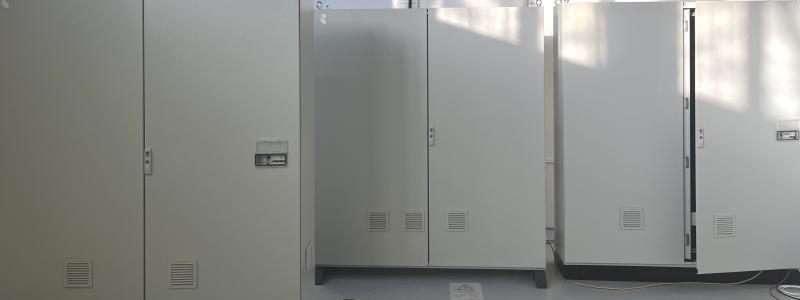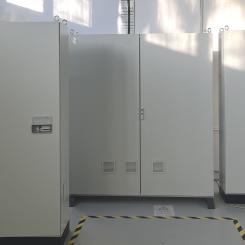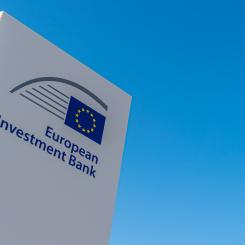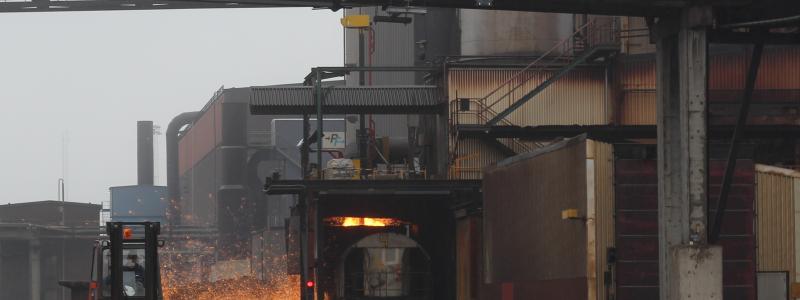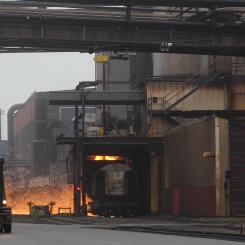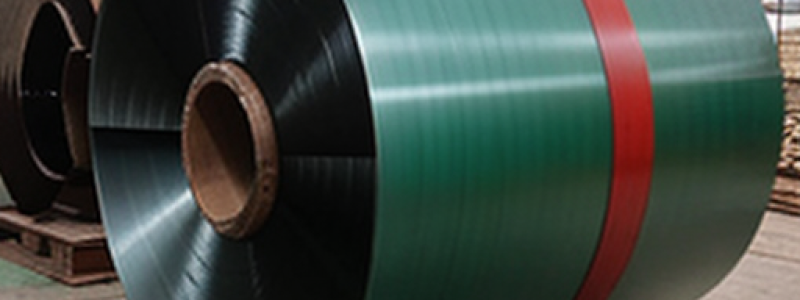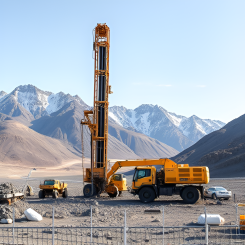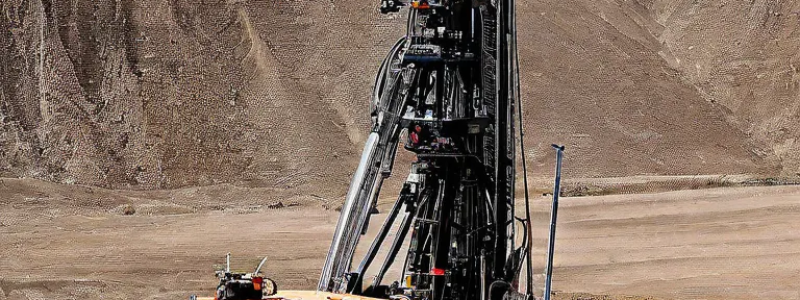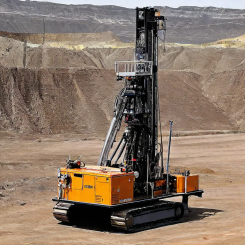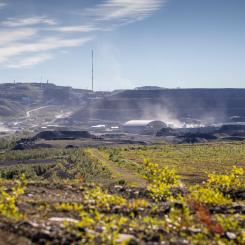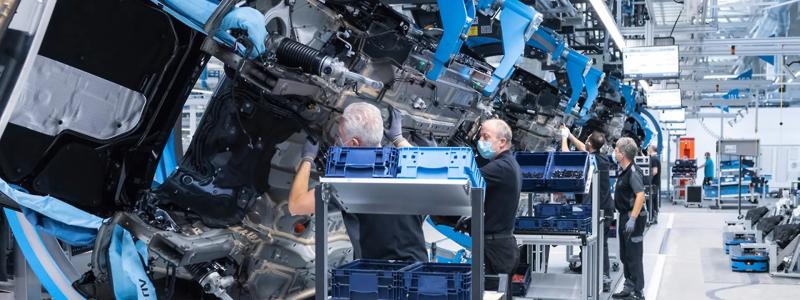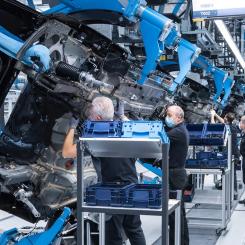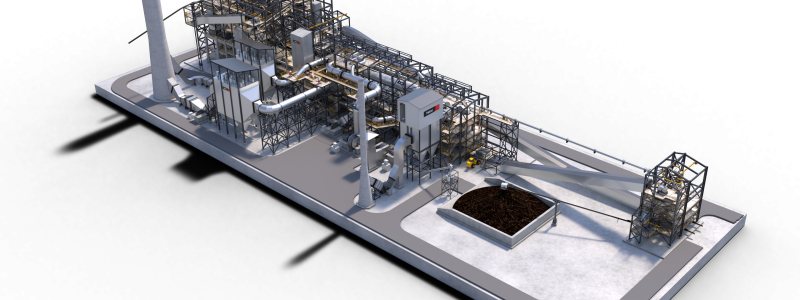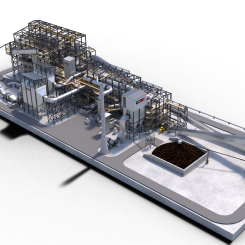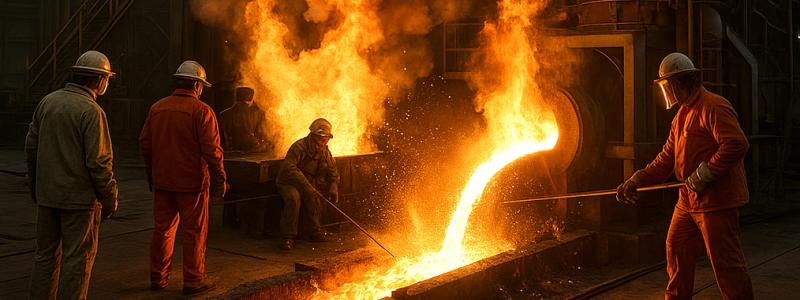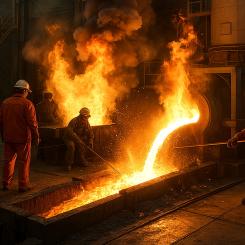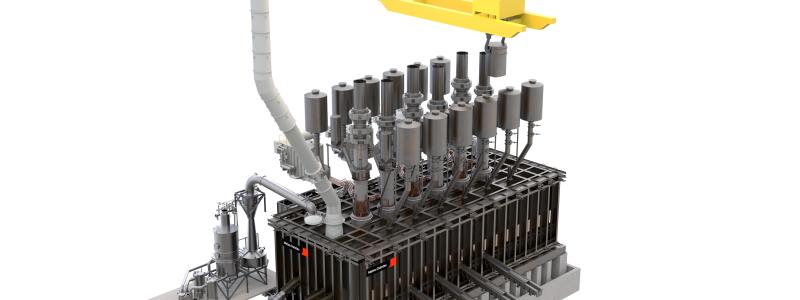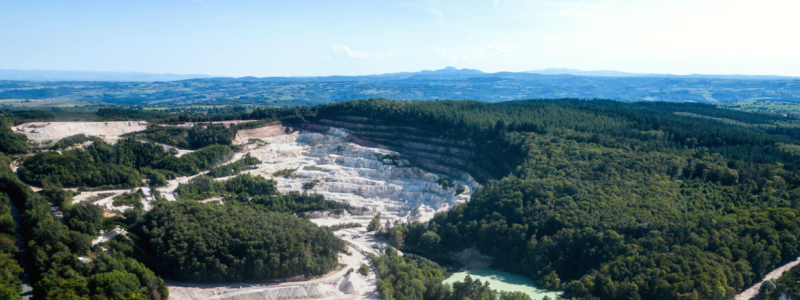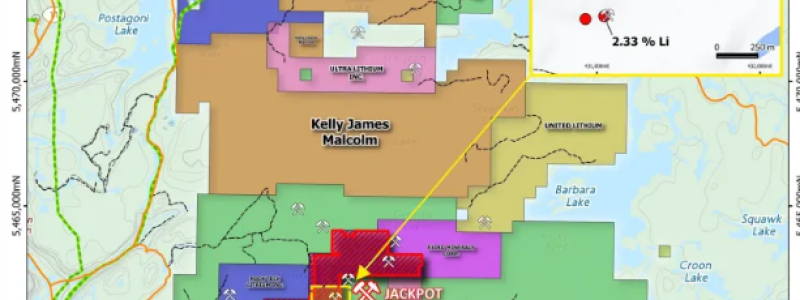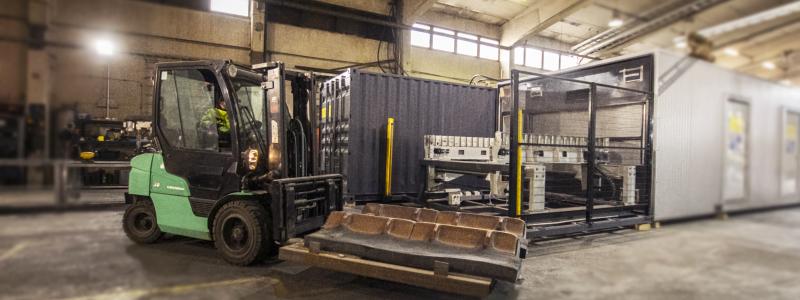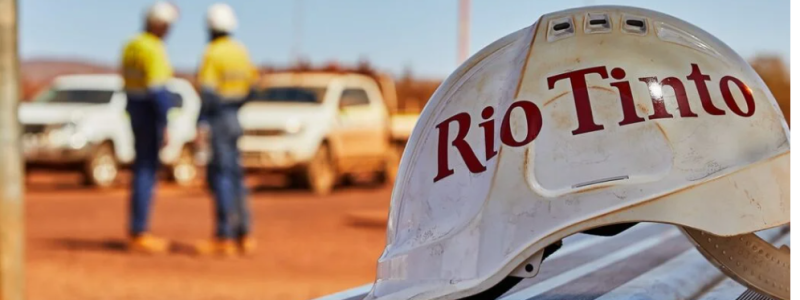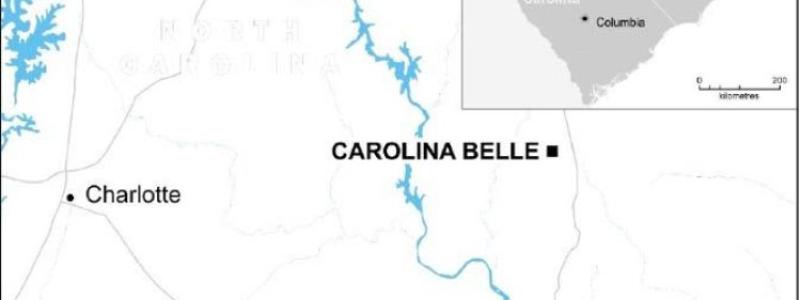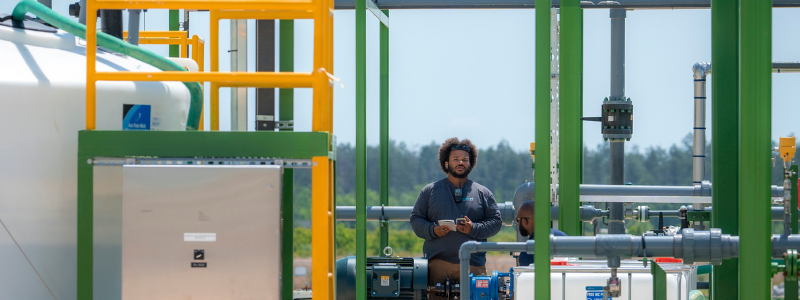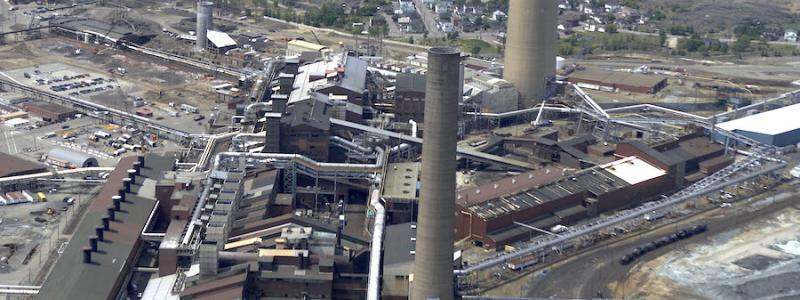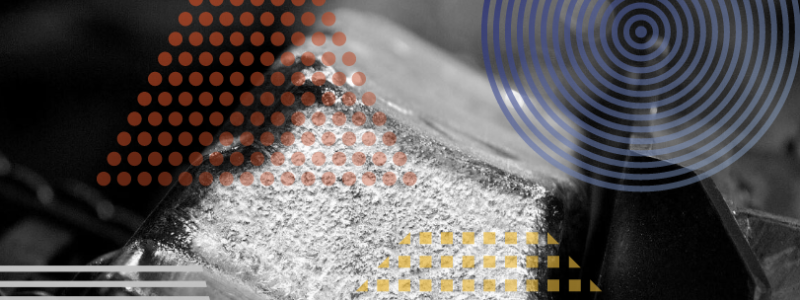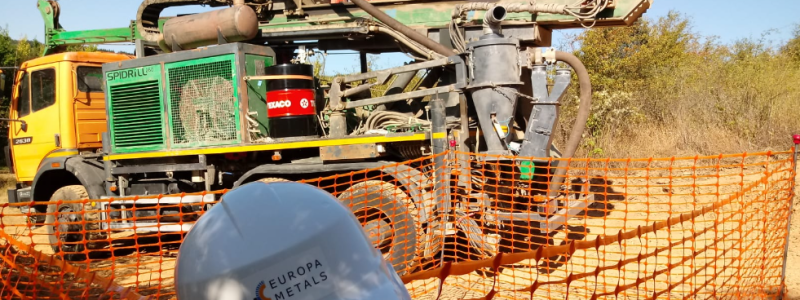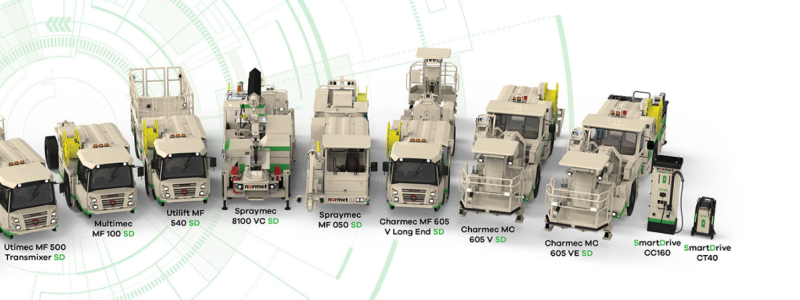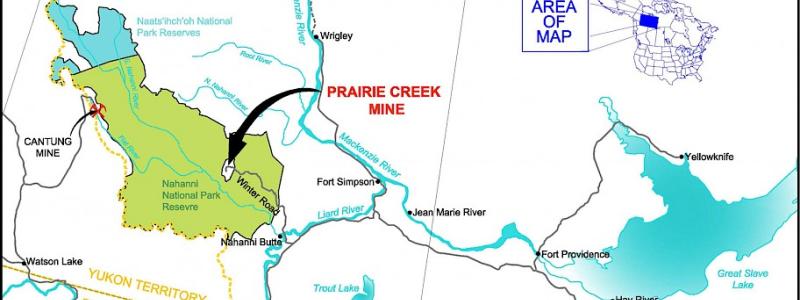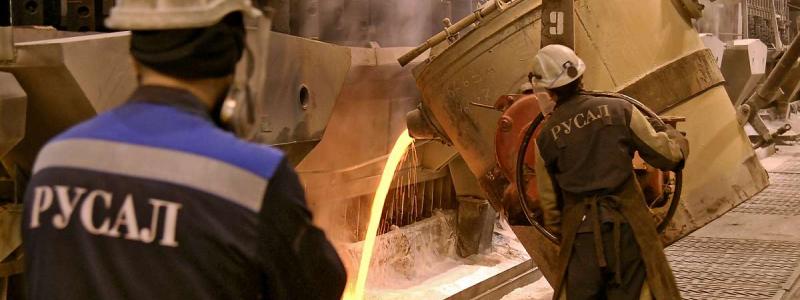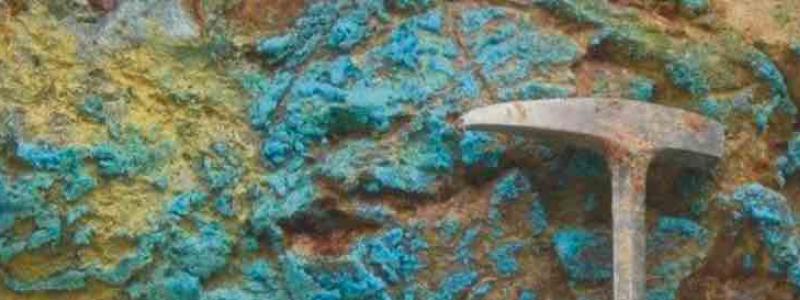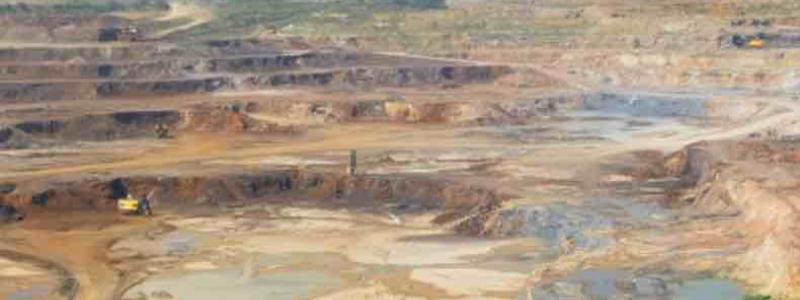A titanium deposit in Kokkola, western Finland, could soon become a key resource for the European Union's strategic autonomy. A long-stalled mining project to extract ilmenite, the main ore of titanium, is now receiving fresh funding and political momentum due to rising demand in defence, aerospace and green industries.
The project is led by Finnish mining company Titanor, now backed by family-owned company Jussi Capital, an investment firm founded by Scanfil entrepreneur Jorma J. Takanen. According to CEO Mikko Sopanen, funding has been secured to begin environmental impact assessments and technical surveys.
- The first phase will cost several million euros. Construction of the mine and processing plant is estimated at 85–110 million euros, said Sopanen to Yle.
Titanium is known for its high strength-to-weight ratio, corrosion resistance and non-magnetic properties. These qualities make it indispensable for military equipment, satellites, aircraft, and even sunscreen. The EU has labelled titanium a "critical and strategic raw material" as part of its push for raw material independence from China and Russia.
From waste to value: ilmenite's second product
A key improvement from earlier plans is that the iron component of ilmenite, once considered waste, can now be processed into ferrous sulfate—a widely used water treatment chemical.
- This iron compound was not utilised before and ended up as waste. Now it's a valuable by-product, said Sopanen.
Half of ilmenite is titanium dioxide, used in paints, coatings, and paper. The other half, iron oxide, can now be profitably processed, increasing the economic viability of the mine. Market conditions have shifted dramatically: titanium prices have more than tripled since the early 2000s, when the mine was last considered for development.
Preliminary calculations show the deposit could supply 1.6 million tonnes of ore annually for 20 years, with around 140 direct jobs created. Titanor compares the scale to Keliber's nearby lithium operations.
Old plans revived under new conditions
The titanium-bearing deposit was discovered as early as 1970 by the Finnish steel company Rautaruukki. The Geological Survey of Finland (GTK) continued research through the 1990s. In 1997, a company named Kalvinit began preparations for a mine, leading to pilot excavation and test production by 2001. Despite early promise, the project stalled after being acquired by Endomines due to insufficient profitability.
In 2022, Titanor co-founder Markus Ekberg acquired the rights and restarted planning, now under vastly different global conditions.
Today, the EU has no domestic titanium mines. Norway hosts the only one in Europe. Globally, production is dominated by China. The EU and NATO increasingly seek secure access to strategic materials like titanium amid geopolitical tensions.
Environmental legislation has also changed since the project's previous iteration. Concerns raised in 2009 over tailings and water treatment will now face stricter regulatory scrutiny. However, some developments now favour the project, such as decommissioned peat fields and new roads and power lines built for wind energy, which could support mine infrastructure.
If successful, the Kokkola mine would be the EU’s first domestic source of titanium. It could help reduce Europe’s dependency on imported critical minerals and support sectors vital to both civil and military industries.
Sources: Yle, Titanor


